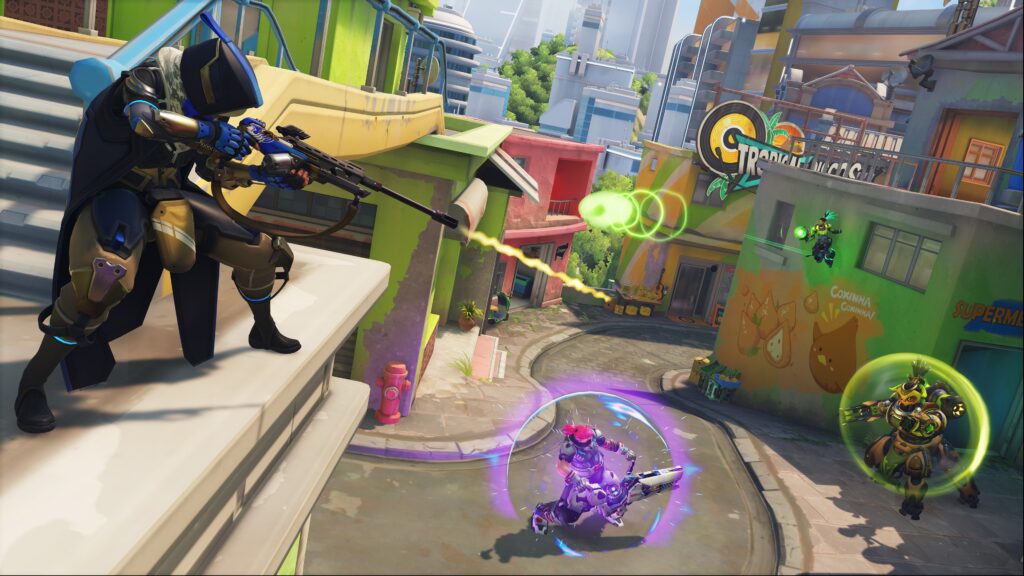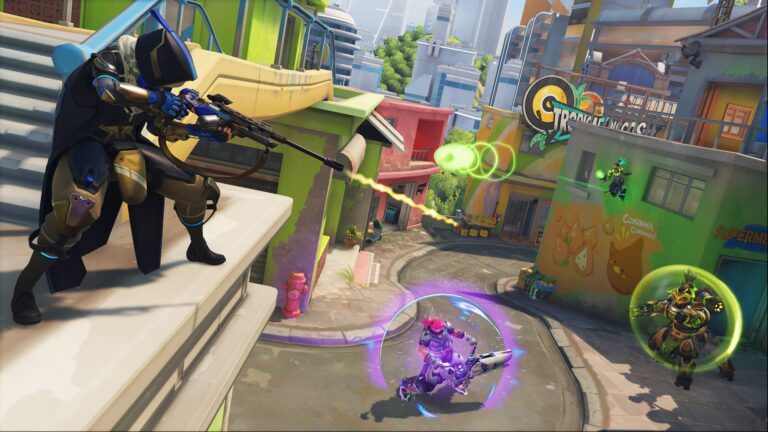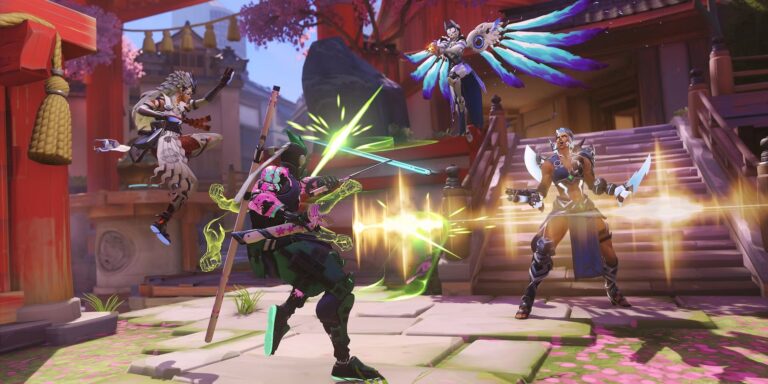Understanding the Line of Scrimmage in Overwatch 2
In the fast-paced world of Overwatch 2, positioning is a crucial skill that can make or break your gameplay.
In the fast-paced world of Overwatch 2, positioning is a crucial skill that can make or break your gameplay. Whether you’re a seasoned veteran or a newcomer to the competitive scene, understanding where to position yourself on the map can give you a significant advantage over your opponents. This article will delve into the concept of the “line of scrimmage” in Overwatch 2 and how it affects your positioning decisions. By mastering these principles, you’ll be well on your way to dominating the battlefield and climbing the ranks.

The Invisible Divide: Understanding the Line of Scrimmage
Imagine an invisible line that stretches across the map, separating the two teams’ territories. This conceptual boundary is similar to the line of scrimmage in American football, dividing the playing field into distinct zones of control. In Overwatch 2, this line is fluid and constantly shifting based on the movements and actions of both teams. Understanding where this line exists at any given moment is crucial for making informed decisions about your positioning.
When an enemy player crosses this invisible line and enters your team’s territory, they are considered “out of position” or “overextended.” This situation presents both a threat and an opportunity. An overextended enemy poses a greater danger if left unchecked, as they can disrupt your team’s formation and create chaos. However, this also presents a golden opportunity for your team to capitalize on their mistake and gain an advantage.
The Power of Numbers: Punishing Overextension
Punishing an overextended enemy is one of the most effective ways to gain an advantage in Overwatch 2. Even if you don’t manage to secure a kill, temporarily removing a player from the fight can be enough to claim more territory or shut down an enemy push. This concept is particularly important when defending objectives or trying to maintain control of key areas of the map.
It’s worth noting that accidentally overextending is more common on heroes with mobility cooldowns, such as Tracer, Genji, or Winston. Players using these heroes often find themselves stranded in enemy territory after using their mobility abilities recklessly. As a defender, being aware of enemy cooldowns and punishing these mistakes can lead to significant advantages for your team.
Moving as a Unit: Safely Claiming Territory
While punishing overextension is important, it’s equally crucial to understand how to safely push forward and claim more territory for your team. The key to this is moving forward as a cohesive unit. By advancing together, you can gradually shift the line of scrimmage in your favor, expanding your team’s zone of control[1].
Remember, you can’t always stop your teammates from engaging the enemy, but you can prevent them from going in alone. Coordinating your pushes and ensuring that everyone is on the same page is essential for successful territory control. Communication is key here – use voice chat or quick commands to signal your intentions and coordinate your team’s movements.
Flanks vs. Off-Angles: Understanding the Difference
As you become more comfortable with the concept of the line of scrimmage in Overwatch 2, it’s important to distinguish between flanking and taking off-angles. A flank is a high-risk, high-reward maneuver where you position yourself behind or to the side of the enemy team, often deep in their territory. Flanking is dangerous because you can’t rely on your team for immediate support, but it can be devastating if executed correctly.
On the other hand, an off-angle is a more conservative approach where you adjust your position to be separate from your team but still within range for support. Off-angles allow you to apply pressure from unexpected directions while maintaining a relatively safe position. Learning when to flank and when to take off-angles is a crucial skill that comes with experience and game sense.
The Role of Map Knowledge in Positioning
Understanding the layout of each map is crucial for effective positioning in Overwatch 2. Each map has its own unique features, choke points, and high ground positions that can be exploited. Familiarize yourself with these elements and think about how they relate to the line of scrimmage concept. For example, controlling high ground often allows you to extend your team’s territory further than you could on level ground.
Pay attention to health pack locations, cover options, and potential flank routes. This knowledge will help you make split-second decisions about where to position yourself during intense firefights. Remember, the best position isn’t always the most aggressive one – sometimes, playing conservatively and holding a strong defensive position can be more valuable to your team. For more information, check out the official Overwatch 2 website!
Adapting Your Positioning to Your Role
While the principles of positioning apply to all roles in Overwatch 2, how you implement them will vary depending on whether you’re playing as a tank, damage, or support hero. Tanks often need to be at the forefront, establishing the line of scrimmage and creating space for their team. Damage heroes might look for off-angles or flank opportunities, while supports generally position themselves to maintain line of sight on their team while staying safe from enemy fire.
It’s important to understand how your hero’s abilities and playstyle interact with positioning concepts. For example, a Widowmaker will prioritize long sightlines and high ground, while a Reinhardt needs to be mindful of corners and choke points where his shield is most effective. Practice with different heroes to get a feel for how positioning changes based on your role and abilities.
The Impact of Team Composition on Positioning
Your team’s composition and the enemy team’s lineup can significantly influence optimal positioning. For instance, if you’re playing against a dive composition with heroes like Winston and Genji, you might need to play more conservatively and closer to your team for protection. Conversely, if you’re running a poke composition with long-range heroes, you’ll want to maintain distance and take advantage of off-angles.
Be prepared to adjust your positioning on the fly based on how the match is unfolding. If you notice the enemy team favoring a particular approach or area of the map, consider how you can reposition to counter their strategy. Flexibility and adaptability are key skills in Overwatch 2, and this extends to your positioning choices.
Common Positioning Mistakes to Avoid
Even experienced players can fall into positioning traps. One common mistake is tunnel vision – focusing so much on securing kills or dealing damage that you lose awareness of your surroundings and the overall state of the fight. This can lead to overextension and easy punishes from the enemy team. Another frequent error is staggering – trickling into fights one by one instead of grouping up with your team. This often results in a series of unwinnable 1v5 situations.
Be mindful of these pitfalls and actively work to avoid them. Always maintain awareness of where your teammates are and try to position yourself in a way that complements their positions. If you find yourself alone and outnumbered, it’s often better to retreat and regroup rather than feeding the enemy team ultimate charge.
Improving Your Positioning Through Practice and Analysis
Like any skill in Overwatch 2, mastering positioning takes time and practice. One effective way to improve is by watching your own gameplay footage. After each match, take some time to review your positioning decisions. Ask yourself questions like: “Was I in the right place to support my team?” “Did I overextend unnecessarily?” “Could I have taken a better angle in that fight?”
Additionally, watching professional players and high-level streamers can provide valuable insights into advanced positioning techniques. Pay attention to how they move around the map, when they choose to be aggressive, and how they react to enemy positioning. Try to understand the reasoning behind their decisions and think about how you can apply similar principles to your own gameplay.
Conclusion: The Never-Ending Quest for Perfect Positioning
Mastering positioning in Overwatch 2 is an ongoing process that requires constant adaptation and refinement. By understanding the concept of the line of scrimmage, learning to punish overextension, and making smart decisions about when to push forward or hold your ground, you’ll be well on your way to improving your gameplay. Remember, there’s no one-size-fits-all approach to positioning – it’s about making the best decision for each unique situation you encounter.
As you continue to hone your skills, consider seeking out personalized coaching to take your game to the next level. A experienced coach can provide tailored advice on your positioning, help you identify areas for improvement, and give you specific drills to enhance your decision-making skills. Don’t hesitate to invest in your growth as a player – book a coaching session today and start your journey towards becoming an Overwatch 2 positioning master!


